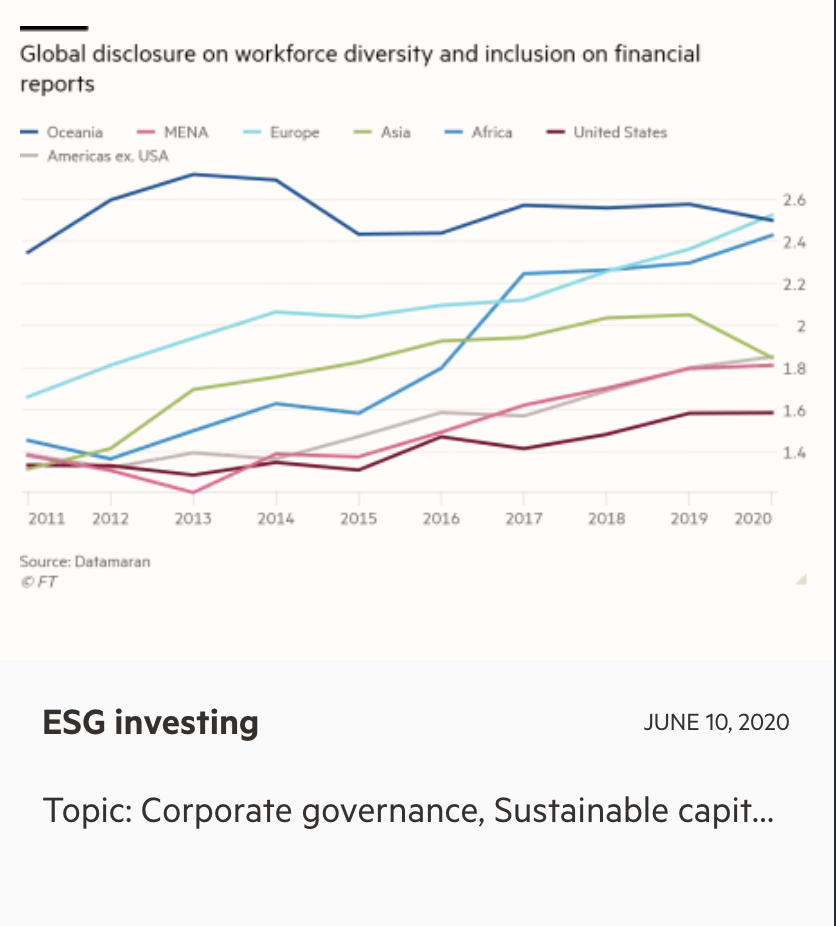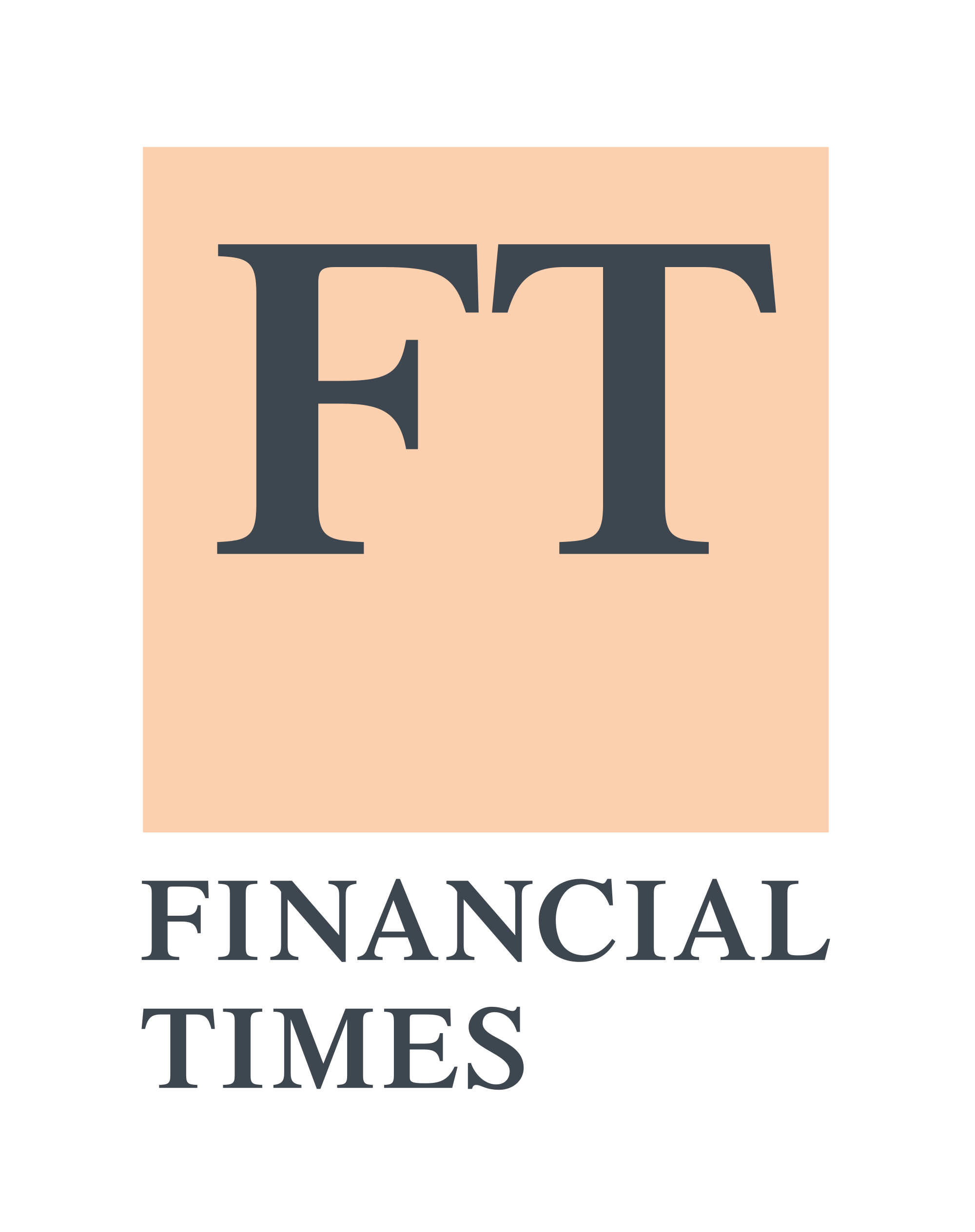New! Financial Times now available for SFU researchers
Published by Mark BodnarAs you may have heard, SFU researchers now have complete access to one of the most read and most important business news sources in the world: the Financial Times.
University-wide access to the Financial Times has been made possible through an initiative by the Beedie School of Business.
The phrase "complete access" needs some explanation as this resource extends far beyond just the text of the articles that appear in the newspaper. Here are some of the added features you can now explore:

Special Reports: In-depth, global FT coverage of industries from AI & Robotics to Energy Efficiency, and of themes ranging from Working From Home to Boldness in Business.
Data on Markets, Equities, Commodities, Currencies, Funds, and more: Sourced largely from Refinitiv (publishers of our Eikon Database), this feature provides global market data integrated with FT's news about what is driving that data. The data isn't downloadable in the way that most academic researchers might like, but we have other resources with that sort of functionality.
Newsletters: Business never rests, so you need a service that proactively selects and sends you the news most relevant to your needs. FT provides a wide range of email alerts (newsletters) focused on specific industries & trends. Or opt for broader updates to efficiently keep on top of all the news, even news anticipated in the near future. My personal favourites are:
- The Week Ahead: Start every week on the front foot with a preview of what’s on the agenda.
- Long Story Short: The biggest stories and best reads in one smart email — handpicked by a different FT journalist every Friday.
- International morning headlines: Start your day with a quick summary of the world news that matters.
- Moral Money: Your trusted guide to the fast-expanding world of ESG, Impact Investing, Socially Responsible Business and Corporate Purpose.
Videos: Sometimes a short video can be the best way to learn about a complex topic, so it's wonderful that FT provides hundreds of streaming videos, including...
- Explainer videos that deconstruct topics such as high frequency trading;
- longer Feature videos such as this one on the connection between crime and deforestation in Brazil's Amazon;
- and Analysis videos on important topics such as the disability employment gap.

[Go deeper: If you want older page-image issues than the ones available via the FT site, check out the SFU Library's Financial Times Historical Archive covering all issues from 1888 to 2010!]
But wait... there's more!
Note that at the moment this resource has only been subscribed to for one year. Before our subscription renewal at the start of the summer in 2021, it would be very helpful to hear about how you have used the Financial Times at SFU. [Update: our pilot FT subscription has been extended to the summer of 2023! We'd still love to hear your feedback, though... ]
- Did it help you with an assignment?
- Are you an instructor who has integrated FT content into a course?
- Do you feel more aware of business news as a result of this new resource?
Let us know! Complete this short online survey or email me at mbodnar@sfu.ca with any and all feedback.
– Mark
P.S.: For more on the value of news information as a Business/Economics resource, check out my 2016 post: In praise of the news (and of reading it!)
--------------
Mark Bodnar
Business & Economics Librarian
mbodnar@sfu.ca




